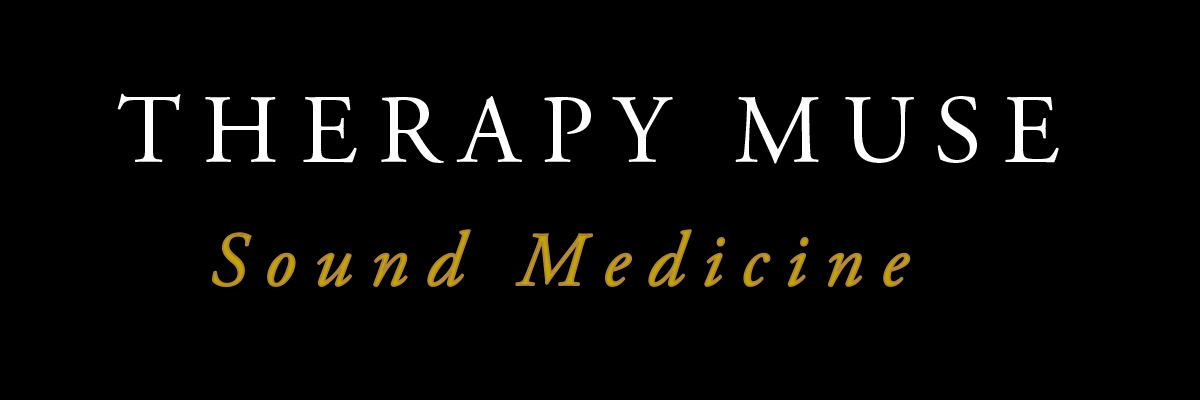Masking Noise
A growing body of research shows that chronic noise is not just annoying. It is a largely unrecognized health threat that is increasing the risk of hypertension, stroke, and heart attacks worldwide. - NYT article June 9 2023
Masking Noise
The quest for a calm urban treatment space.
Masking happens when distinct sounds overlap frequencies, one sound momentarily masking the other. Masking has an important function in noise reduction. Music with suitable arrangements of drones and bass in the lower midrange or white noise generators work on the principle of masking. Masking provides a layer of sound that submerges or masks the effects of environmental sounds, such as conversations down the hall or road noise.
Noise. We all know it when we hear it, unpleasant sound that upsets our equilibrium by either being jarring and discordant or too loud. Sometimes it is both. In audio engineering noise is an unwanted signal, a hum from ungrounded wiring or the bleed of background sound in a microphone. But what is noise really? The very word ‘noise’ does not conjure anything particularly pleasant. It’s etymology references the latin root noxia or nausea. The English language borrowed noise from the French, and it originally referred to strife or quarrel.
…noise pollution not only drives hearing loss, tinnitus, and hypersensitivity to sound, but can cause or exacerbate cardiovascular disease; type 2 diabetes; sleep disturbances; stress; mental health and cognition problems, including memory impairment and attention deficits; childhood learning delays; and low birth weight. Scientists are investigating other possible links, including to dementia.
Graphic: European Society of Cardiology
Hopefully we will start taking this form of pollution more seriously. The overstimulation of the amygdala by noise generates a chronic stress response. This stress response can be cumulative and leads to measurably adverse health outcomes.
We live and work in a bustling city, and over 30 years we have had 4 treatment spaces, each presenting their own sound/noise challenges. Our first office was a sublease in a chiropractic office at a busy intersection, with lots of ambient noise, bustle, and motion. We used music to mask the noise, and being a musician and sound engineer, I quickly noticed the most effective noise masking albums had more elaborate arrangements. This led to the creation of my Dream Time project, released in 2004. The use of bass and midrange pads and drones effectively covered the range of traffic noise. The human voice fundamental frequencies range from around 80 Hz to 255 Hz, so these drone tones and midrange melodic movements and arpeggios masked conversation enough that one didn’t become engaged in the words.
As we developed our practice, I continued to compose music specifically for treatment. I took to heart this quote from Kay Gardner’s book, ‘Sounding the Inner Landscape.’ “At the basis of healing music is the drone or long uninterrupted tone or chord.” We next moved to a Pilates studio and then to a free standing clinic, as around us the city grew and grew, and construction noise became ubiquitous. Thankfully, I have had the opportunity to work with fabulous musicians and sound engineers in Nashville. I had a highly accomplished touring musician remark the other day, “I realized I haven’t been listening to the music. In fact, I haven’t been listening to anything. It’s such a relief. That never happens!” I replied, “Yes, it’s by design.”
Some of our explorations into healing music and therapeutic sound design were intuitive musical choices that proved to be neurologically and scientifically validated by subsequent research. I have found that a low frequency to midrange drone, (think cello and string pads) can help reverse engineer the effects of environmental noise in two ways: Firstly, it establishes calm in the auditory neurological system because it establishes a reliable neurological pathway and, once established, requires less resources to process. It can also help soothe the amygdala because there are no sudden spatial changes. Secondly, the drone is generally in the frequency range of most ambient noise, effectively masking the continuous hum of low frequency traffic noise while lowering the immediacy of conversation so the brain registers it as ambient background. It is not heard as something needing attention or engagement, which would switch the brain from right hemisphere music processing to left brain language processing.
Aside from the music played in session the playback device can also be a factor in masking both chronic noise and sudden sonic intrusions. For a deeper dive see…
https://www.therapymuse.com/blog-therapy-muse/hearing-the-whole-waterfall
If you are creating a musical sound field using the speaker from your phone, your sound field will not have much low frequency information, since phone speakers taper off at around 800Hz, If you look at the graph below, you will see a significant section of road noise is happening below 800 Hz.
Adding a small Bluetooth speaker will give you lower midrange down to around 150 Hz. A bookcase speaker typically goes down to 60 Hz. Notes in this range can be felt in the liquid matrix of the body. There is a difference between notes you feel in your body and notes you think in your brain.
It can seem challenging to mindfully set up a therapeutic space to be an oasis from a noisy world, but it is well worth putting a little thought and effort into making our healing spaces sonically as well as visually supportive.

